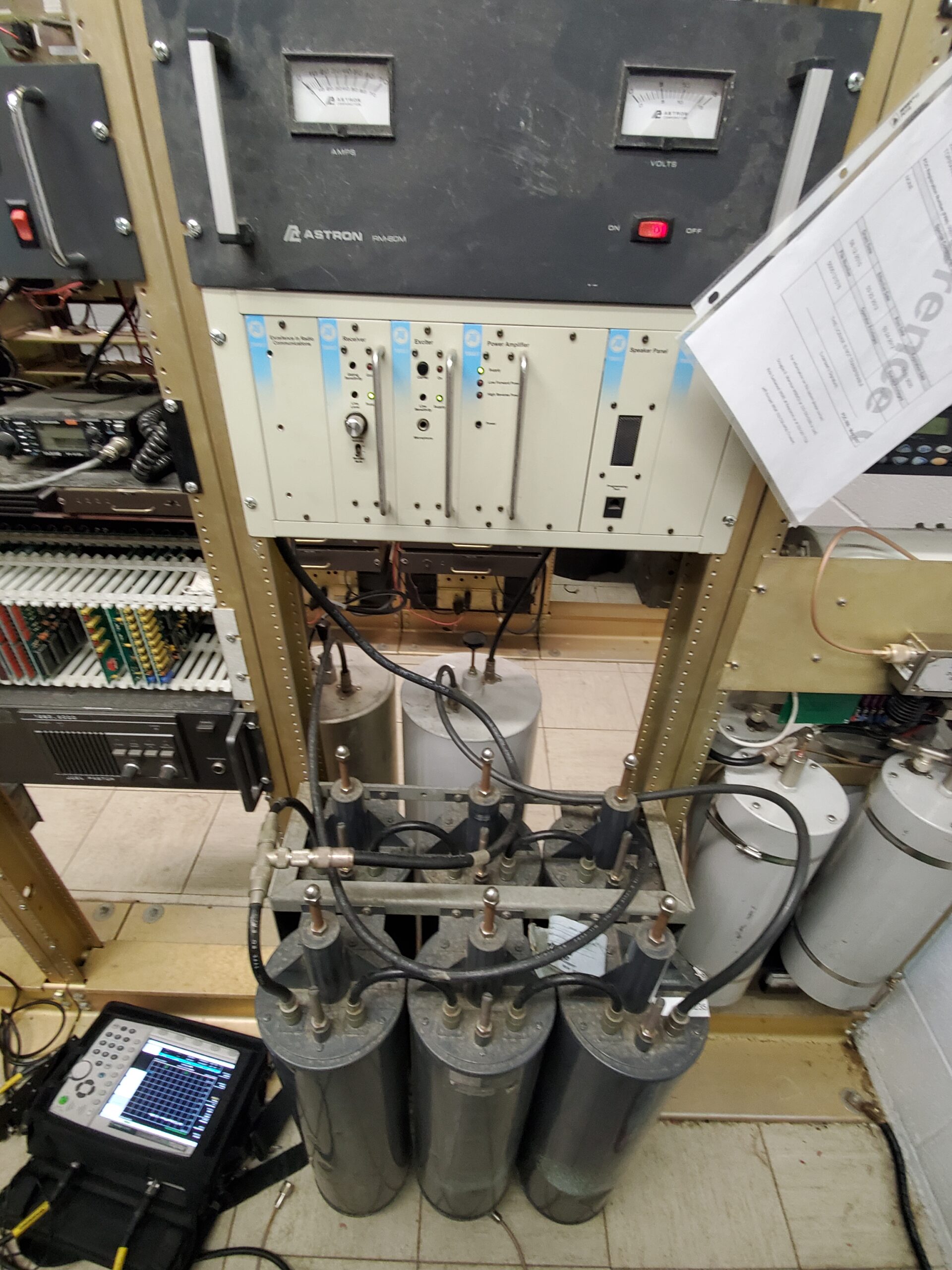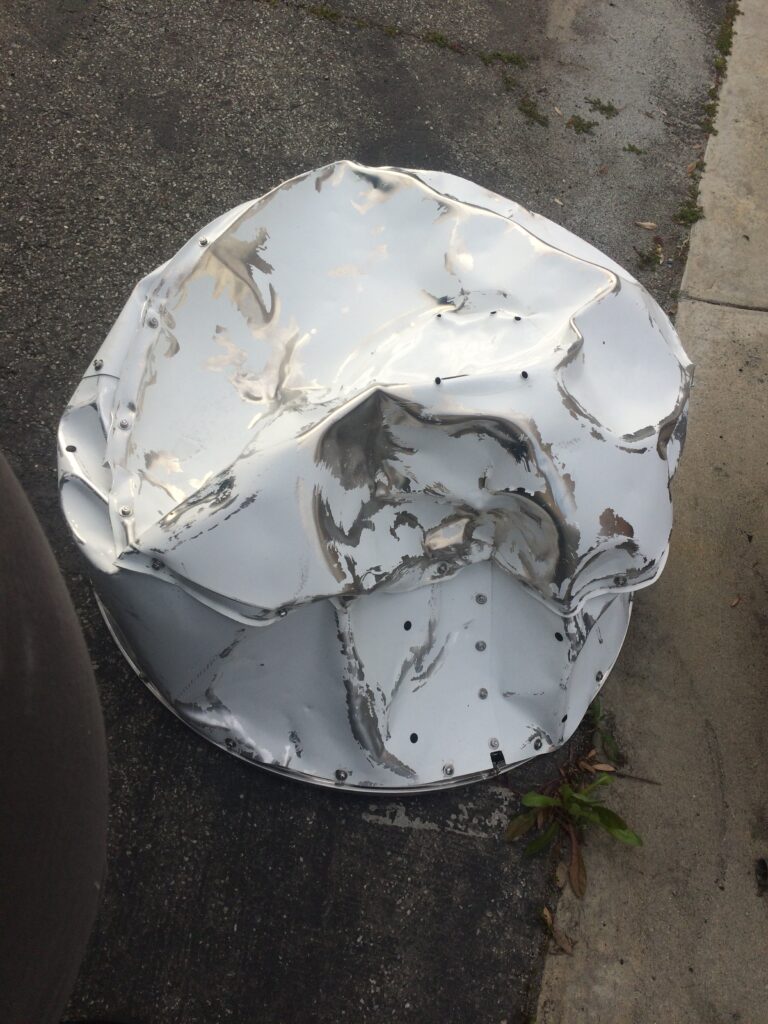Month: December 2021
What a repeater looks like

Repeaters are often a mystery. Strange mythical boxes on a mountain somewhere that echo your voice over larger distances. Recently there have been a number of posts from hams wanting to use cheap HTs linked together with a VOX circuit to make a repeater. There is really more to them than that, and good reasons for the additional equipment that really shouldn’t be ignored.
There can be a lot of variations in what a repeater looks like, depending on what models are used. This photo is fairly typical.
At the top is the power supply. It is 100 percent duty cycle so that heavy use does not burn something out that would be a project to replace on a mountain top.
Next is the repeater itself. This one has cards for the receiver, transmitter and the control logic. Also common would be two good quality radios interfaced to a controller. The quality of the radios is important since repeaters are usually up where they have a view over a wide area, which also means that the receiver will get hit will signals from a wide area that they must reject. The receiver must also be able to reject the signals from adjacent repeaters which may be putting out very strong signals. The transmitter should also operate clean so as not to interfere with people in the view.
Not seen in the picture is a circulator which serves two purposes. First is to protect the transmitter from reflected power if something should go wrong with the antenna. The environment on a mountain top can be quite rough on equipment. Below is a dish that came off of Heaps Peak. Second is to keep other signals from going up the line in to the transmitter finals and causing mixes.

Down at the bottom are the cavities, 2 meter is this case. They are tuned to the transmit, or the receive frequency to keep the transmitter for interfering with the receiver allowing the repeater to operate full duplex. They also help reject other signals outside the intended operating frequency. On the left is the spectrum analyzer used to tune the cavities. To the right are the cavities for a 220 repeater.
There is also lightning protection and grounding to protect it from the inevitable strikes. The controller is responsible for the ID, optional features, and remote shutdown in case something goes wrong.
This is a basic ham repeater. There is not much that is non essential in it, so this is something to think about when someone is tempted to cut corners. Commercial systems are often more complex that this, using LTR Trunking, or Digital Trunking to provide additional features and to better utilize the frequencies.
